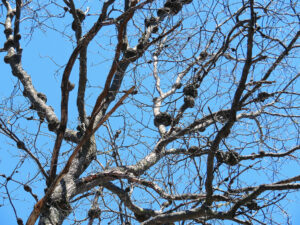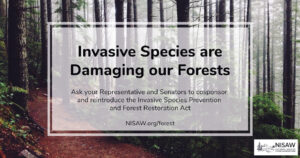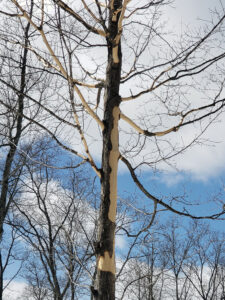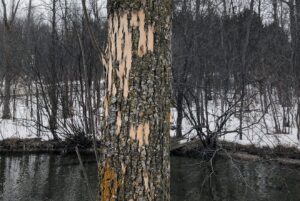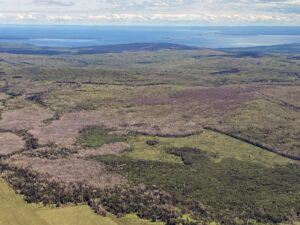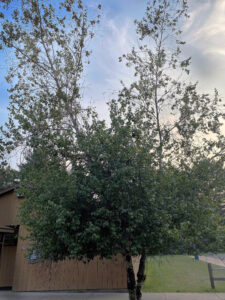Note:
The original version of this Forest Health News article has been removed because the journal article in Science magazine that was referenced has been retracted by its authors due to a mathematical error. The journal authors reran their analysis and although many results remained unchanged, the statistical significance of some conclusions, and the results of some robustness tests, did change. It is unclear to what degree these errors affected observations in the Forest Health News article, so that article was removed. More information is available here.


